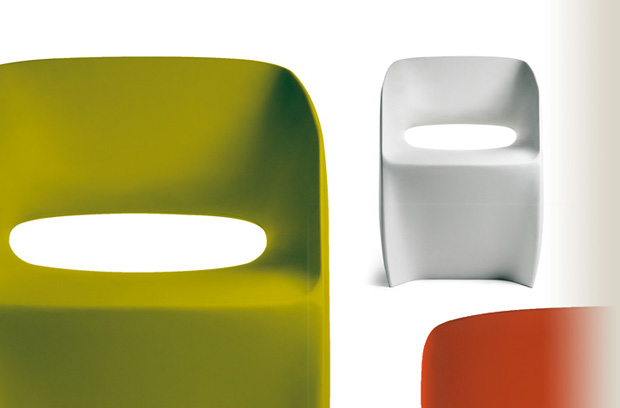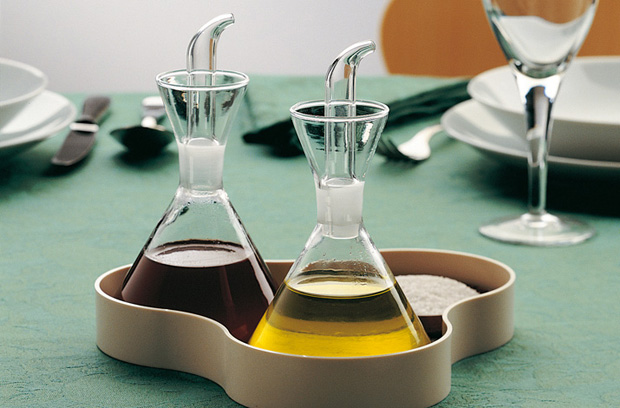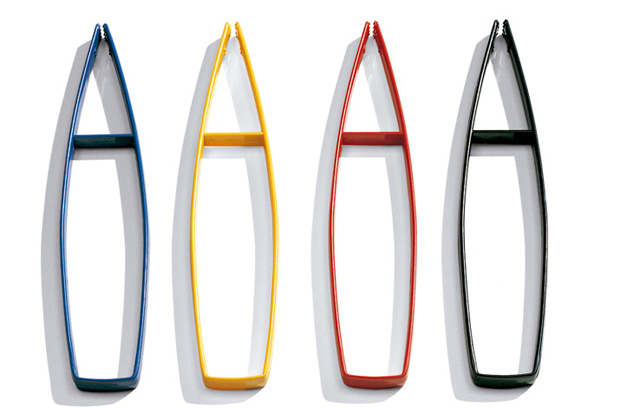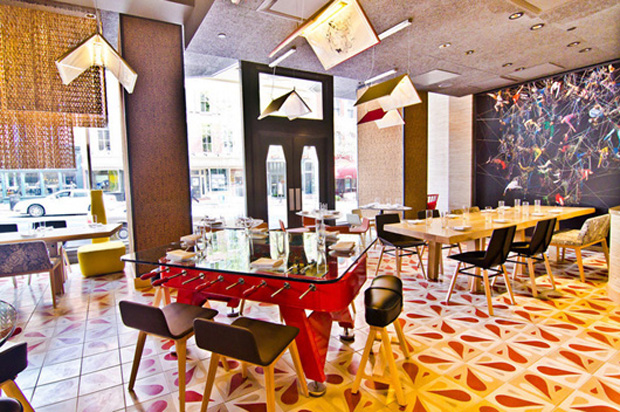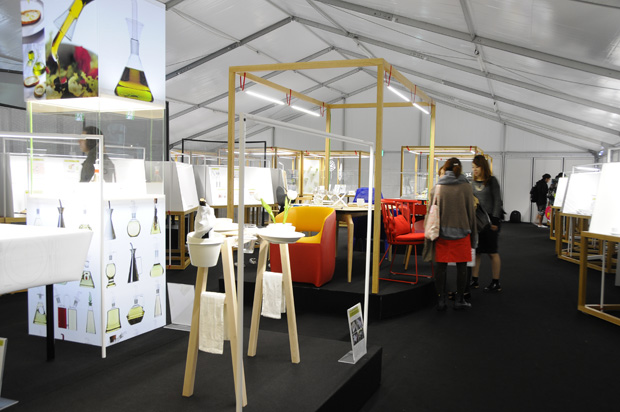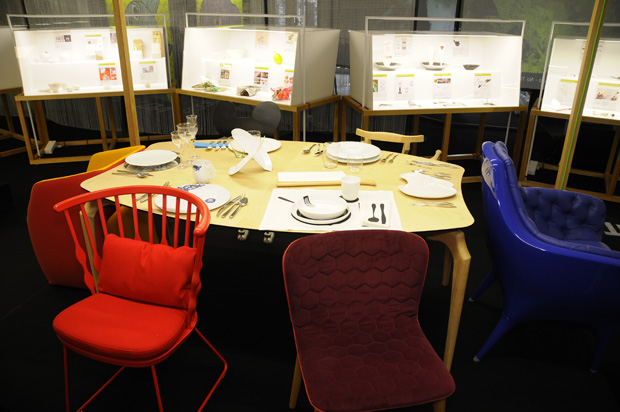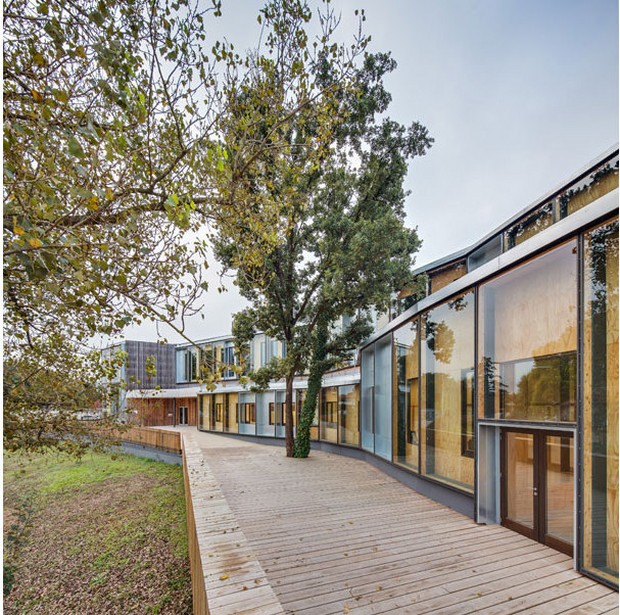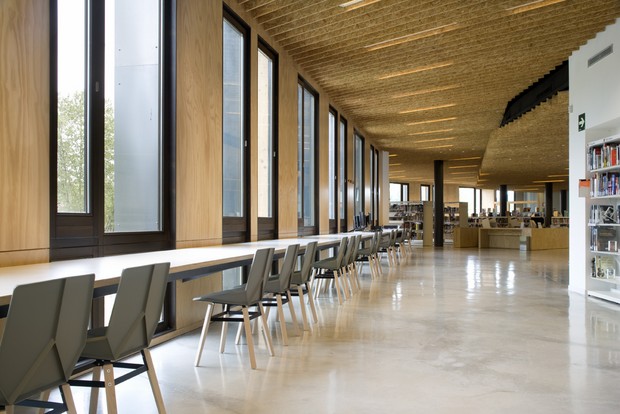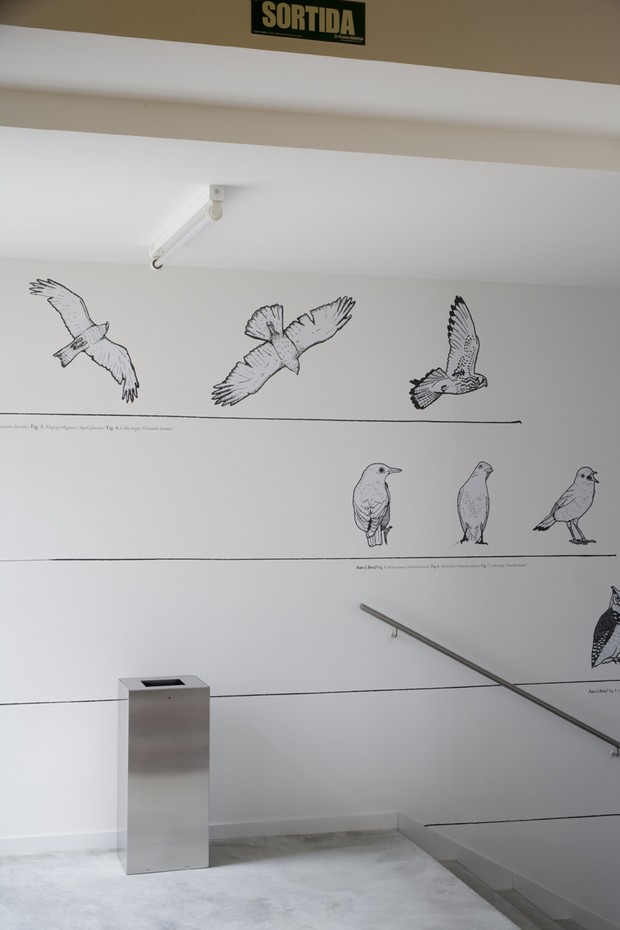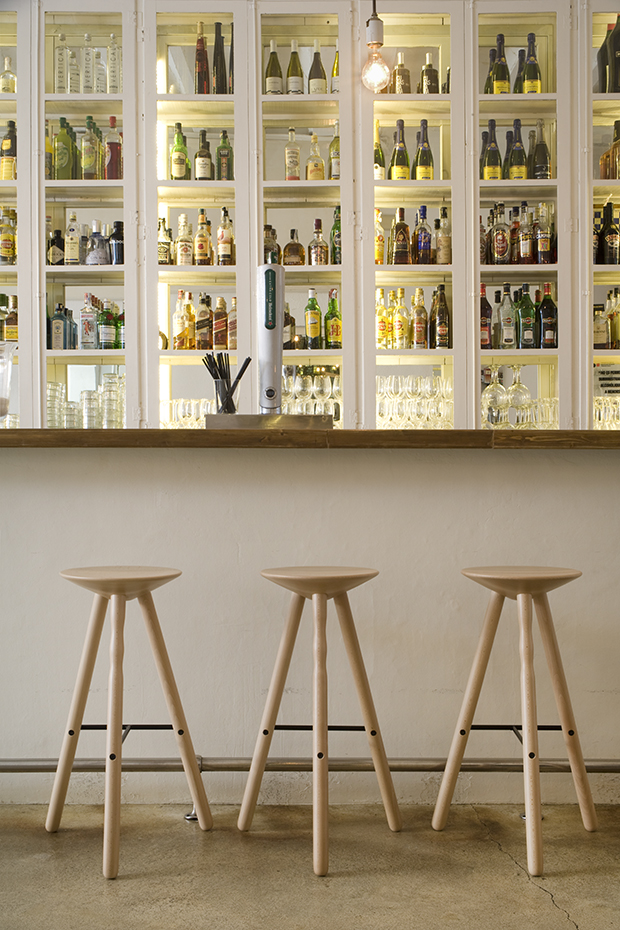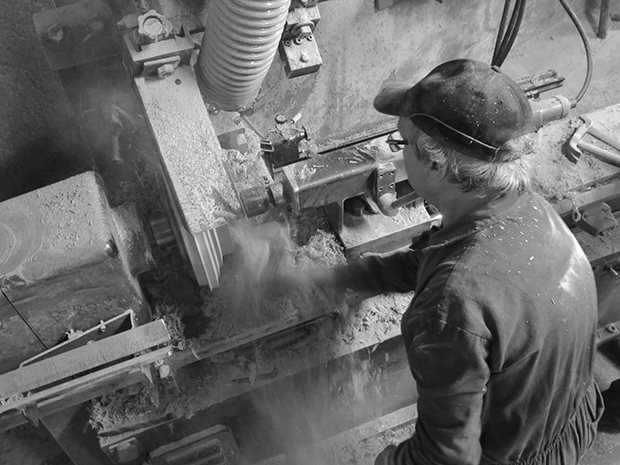Gastronomy is one of the highlighted attractions in our country. Spain has always been involved into raw materials of high quality, gastronomic creativity and design.
This project curated by Juli Capella, organised by Acción Cultural Española with the collaboration of the Spanish Embassy in Tokyo and Tokyo Designers Week, wants to show more than 200 hundred pieces which transmit the contribution of Spanish gastronomic culture to design, and international cuisine.
The selection consists of pieces from the smallest salt-cellar to a dinner service, furniture and interior design of restaurants, including architecture with examples of Spanish wine cellars. Moreover, the exhibition tries to enhance the enormous innovative ability of the « big names » of Mediterranean cuisine, whose techniques have shaken up international gastronomy.
Among the chosen pieces some icons from mobles 114 catalog can be found: Om chair by Martín Azúa, oil and vinegar containers by Rafael Marquina and Ricard by André Ricard.
Also restaurant Jaleo, by renowned José Andrés in Washington designed by Juli Capella is present as an important project. Spanish furniture has been chosen for the interior, for instance Green chairs by Javier Mariscal.
The travelling show has stopped by cities like Tokyo, Miami, Washington DC, Seoul, Toronto, Ljubljana, Albuquerque and Guanajuato. Now it exhibits in Spain at last, at Central de Diseño Matadero Madrid. But the exhibition will be at the same time at Museo Franz Mayer in Mexico City.
All the information at the web Acción Cultural Española.
TAPAS. Spanish design for food
Central de Diseño de Matadero Madrid (DIMAD)
Pº de la Chopera, 14
28045 Madrid
